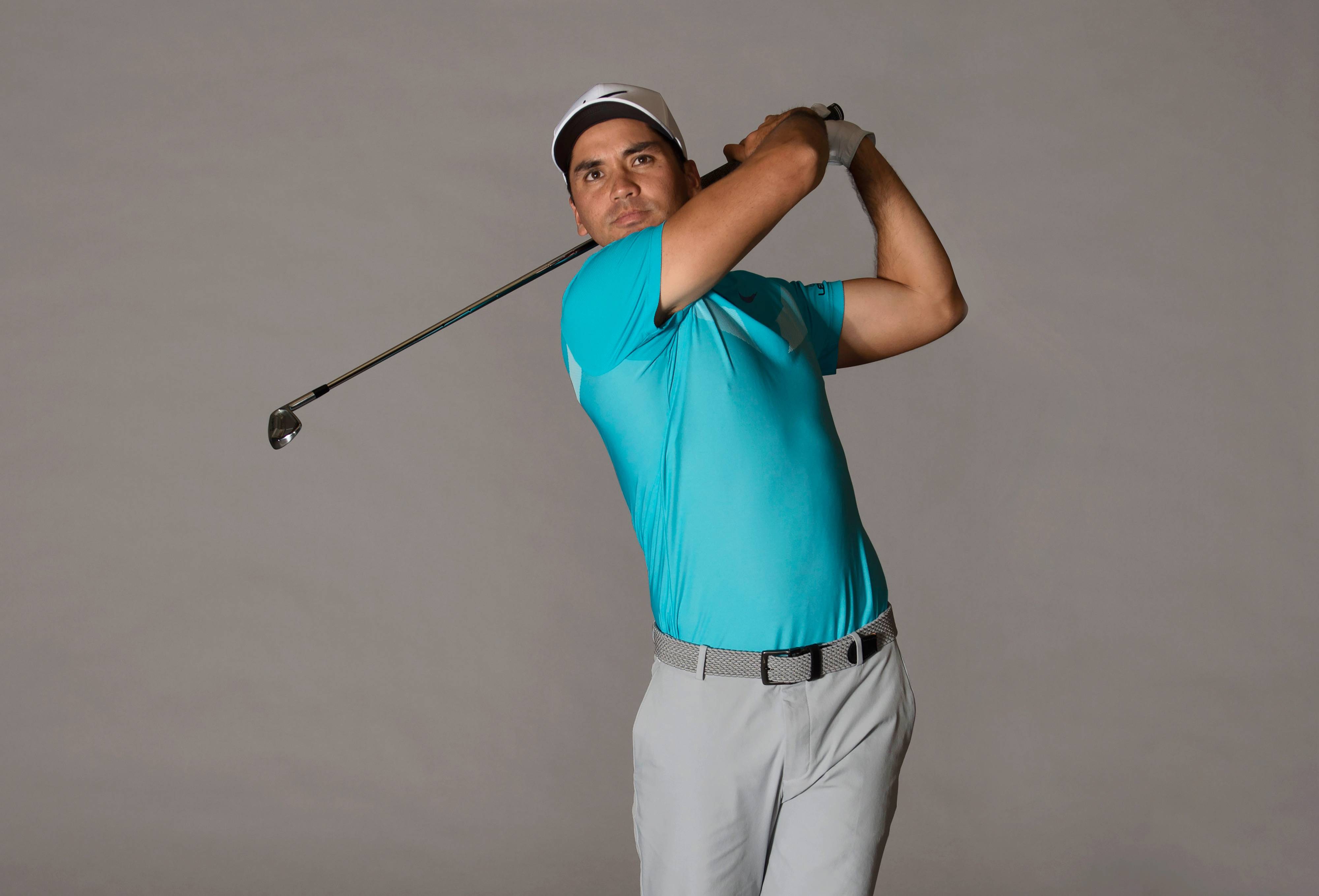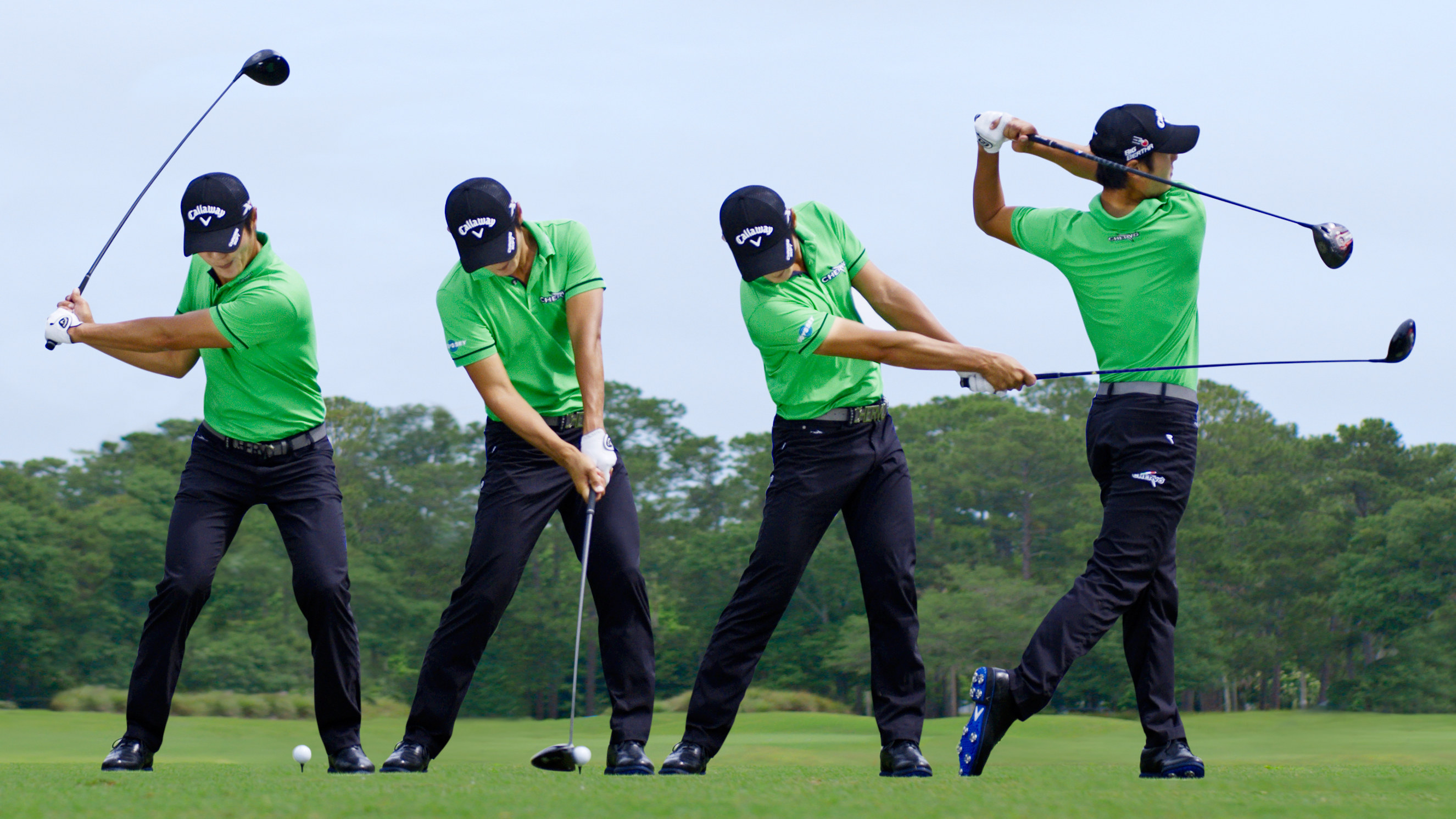
The release of your hands is one of the most important aspects of a great golf swing. This article will discuss how the hands influence the golf swing and how to position them during the downswing. Learn about grip pressure and how quiet hands can help you get low takeaways. Here are a few things to try to improve your golf swing:
Golf swings require the release of your hands
The release of your hands is the most important part of a golf swing. The clubhead will rotate around your hands as you downswing. Your wrists should then release to allow for strong follow-through. Before the ball touches their hands, a skilled ball-striker will straighten out their left arm. Poor contact will be caused by a rapid release of the hands.
The natural rolling of the hands in the golf swing is another key component of the movement. Top golfers have their top hands at the top and bottom of the grips during the backswing. During the downswing, they will be closer towards the target. After impact, the hands will change positions to allow for a stronger swing. A lower head position helps to increase the clubhead speed.

Positioning of your hands during a downswing
The majority of amateur golfers do not use their upper bodies in the downswing. Their upper body is more important than their lower. This is a mistake that can lead to a loss of power. The right arm transfers the momentum from backswing to the golf swing. You will square the club face at impact by aligning your hands during the downswing.
When executing a golf swing, it is crucial to position the hands properly during the downswing. This is the only link between the golf club and the ball. So it is vital to ensure your hands are in front of impact. This will make your golf swing much more enjoyable. Continue reading for more information about hand placement and how it can improve your golf swing.
Hands and grip pressure in golf swing
Grip Pressure on Your Hands in Golf Swing. You should make sure that your hands are securely gripped and your hands don't slip. This is the analogy to the tale of Goldilocks, the three bears and how too loose a grip can cause your club to twist when you hit it. Also, too tight a grip may prevent you properly swinging your club.
You can use this analogy to see how you would hold a bird to determine the grip pressure that your hands should be applying to a golf swing. It is important to hold the bird securely so that it does not move around too much. Another analogy would be holding a spotted owl's egg, which is delicate and should be held gently. The toothpaste analogy also helps to visualize grip.

Takeaway prices are low and you can do it with calm hands
To be able to golf well, you must have quiet, still hands while playing. Some players mistake tempo for quiet hands. While tempo is important in the golf swing, it is not what is most important. What is most important is the performance of the hands in the golf swing. The distance and accuracy you achieve will depend on how they perform.
You can start with the downswing to get a low takeaway, but still have quiet hands. In this stage of the swing, the hands follow the arm and shoulders passively. This passive movement is the most effective way to achieve a low takeaway. The wrist angle during the backswing is determined by how the hands move.
FAQ
What's the best time to golf?
The ideal time to play golf is between May and September. There is rarely any rain during this period and the temperatures are usually moderate.
During the winter months, the weather can get very cold. In addition, snowfall makes it difficult to walk the fairways.
In spring and autumn, the grass grows too high, making it hard to see the flagstick.
How can I improve my playing?
There are many ways to improve your golf game. One option is to join a golf club. A club allows you to meet other golf enthusiasts and learn new techniques.
Equipment such as balls and clubs can be purchased. These items will improve your game.
You could also read books about golf. The rules and regulations of golf will be better understood if you read about it.
How much does a round of golf cost?
Expect to pay $15-$30 per head This amount includes greens fees, cart rental, and refreshments.
What are the differences between different golf courses?
Golf courses come in all shapes and sizes. Some courses are made for beginners, others for more experienced players.
Some golf courses are located near lakes, rivers, mountains, and forests. Others can be found in urban settings. There are many golf courses, from public parks to private estates.
Where can I find a golf course?
Most major cities have their very own golf courses. These courses can be used to improve your golf swing in peace and tranquility.
Or, you could choose to go to one of the country’s many golf courses if you prefer a more intimate atmosphere.
Statistics
- In the United States, women made up 25 percent of golfers in 2021, which was up from 19 percent in 2011, and junior female golfers account for 35 percent or 1.1 million golfers.[50] (en.wikipedia.org)
- They do this by means of assessing and rating courses according to the average good score of a "bogey golfer," a player with a handicap of around 20. (en.wikipedia.org)
- He shanked the first attempt, but it is estimated his second went more than 200 yards (180 m).[52]Golf courses worldwide. Below are the top 20 countries with the most golf courses as of 2019.[53]CountryNumber of (en.wikipedia.org)
- They do this by means of assessing and rating courses according to the average good score of a "bogey golfer," a player with a handicap of around 20. (en.wikipedia.org)
External Links
How To
How do you play better golf in windy conditions?
Golf is played in open areas on grassy areas. It is one among the most popular games in the world. There are many different types of golf courses all over the world. Indoor golf can also be played, such as in shopping malls or indoor arenas. Each hole has a number of holes where players have to hit the balls. Each hole is equipped with a fairway, rough and hazards (e.g. water) Players use either a driver, wedge, long iron, or putter, depending upon the type of shot required. Depending on the rules of the course, players may have to carry the ball up to a certain distance before hitting it, or they may only have to drop the ball in the cup. Playing outdoor golf has many conditions that can affect the way a player hits their shots. These conditions include the speed of wind, temperature, humidity, as well as visibility.
There are two main types: crosswinds, and headwinds. Crosswinds blow right to left, while headwinds blow right to left. If the wind blows towards the golfer, he/she is playing against the wind. However, if the wind blows away from the golfer, he/she will hit with the wind. Golf in strong winds is harder as the ball tends not to travel as far and higher. This makes it more difficult for players to control the ball's direction and trajectory. Players try to compensate by keeping the club's face parallel to the ground. They strike the ball in such a way as to get maximum power and full contact with it. However, even though the ball flies lower in stronger wind, it travels farther due to increased air resistance.
It takes a lot practice to play golf in wind. The wind can affect the flight path of your ball, as we have already mentioned. A good golfer should always know what kind of wind is currently affecting the area. He/She would adjust the swing to compensate so that the ball can be hit cleanly and with minimal energy. Another important aspect to consider is where the wind is coming from. Wind does not travel in the same directions. The breeze from the ocean is typically very light but is stronger closer to the shore. The wind blows closest to the ground in a similar way. These factors mean that golfers must be aware of the direction and intensity of the wind.
Golf in the wind is a constant adjustment process. Your swing must be aligned correctly and you need to keep an eye on the wind. Also, you have to learn how to read the wind and adapt your swing accordingly.